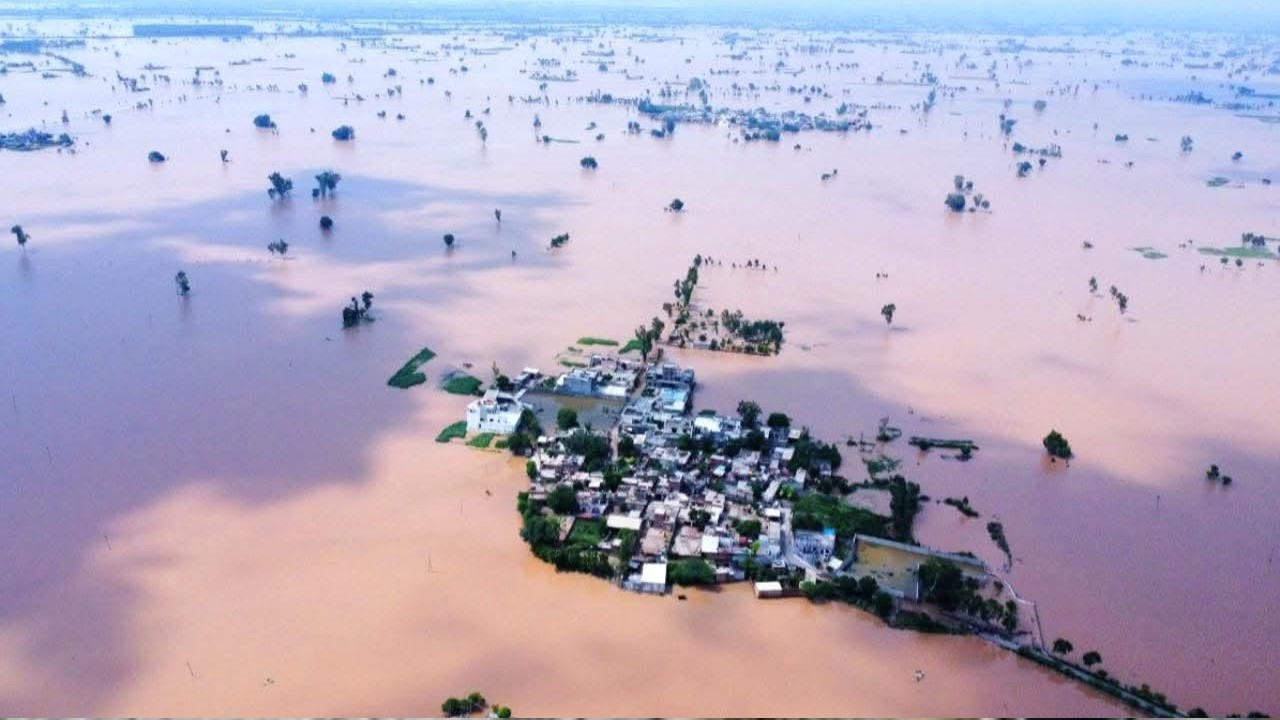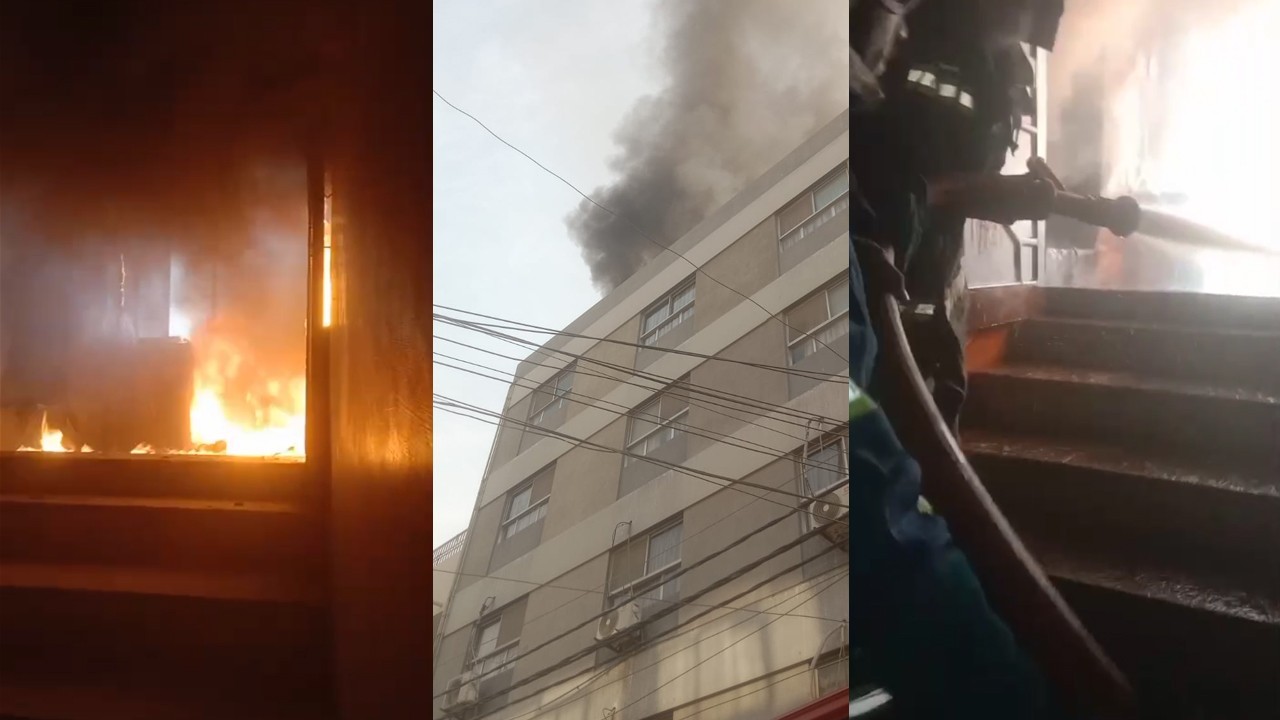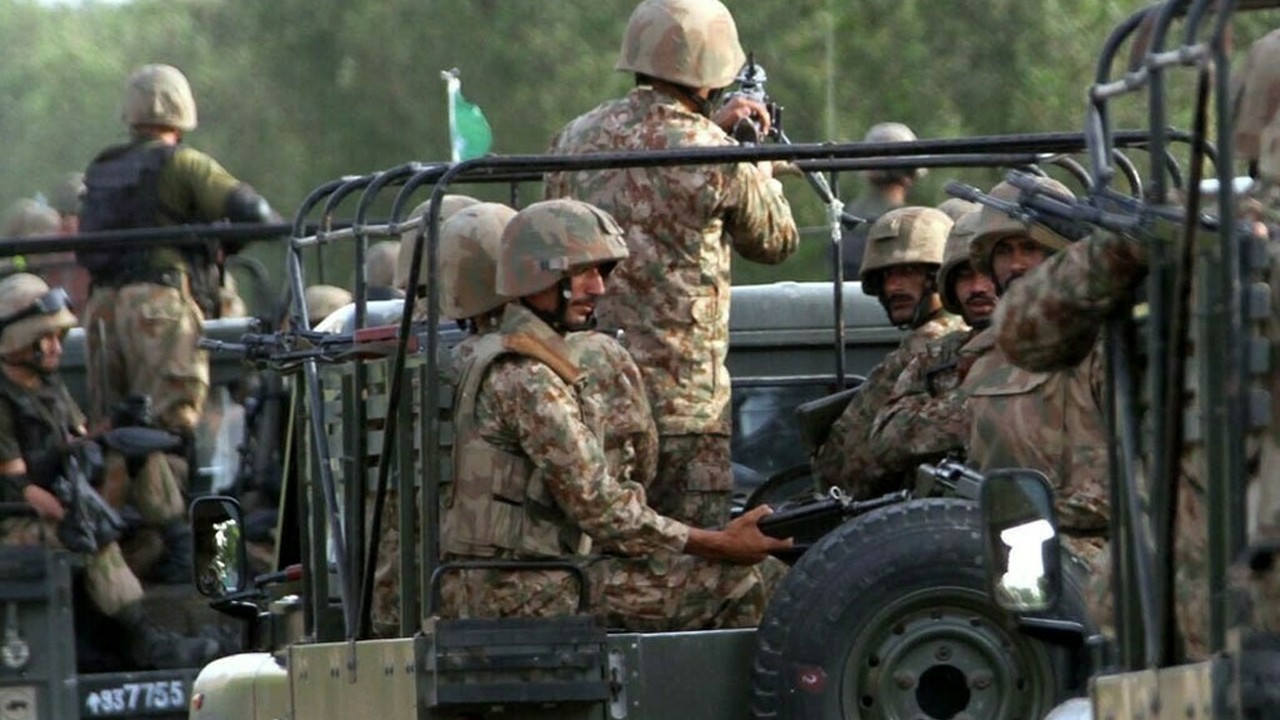PMD sees ‘very high’ flood at Sindh’s Guddu, Sukkur barrages on Sept 4-5

Web Desk
|
27 Aug 2025
The Pakistan Meteorological Department’s (PMD) Flood Forecasting Division (FFD) on Wednesday issued a fresh advisory, warning that the Indus River at Guddu and Sukkur barrages could reach “very high” flood levels between September 4 and 5.
According to the FFD, water levels in the Sutlej at Ganda Singh Wala and downstream, as well as the Ravi at Jassar and downstream, are likely to remain at “very high to exceptionally high” levels over the coming days.
The department also cautioned that smaller streams and nullahs linked to the Ravi and Chenab may experience “high to very high” flows in the next 24 hours.
Also Read: ‘Bodies floating in floodwater came from across the border,’ says Khawaja Asif
In addition, the Chenab at Trimmu Barrage is forecast to touch “exceptionally high” flood levels by Friday evening, while the river at Panjnad, including discharges from Balloki and Islam headworks, could see “very high” flooding on September 2, the advisory said.
In its advisory, the National Disaster Management Authority (NDMA) said, "In view of the Exceptionally High and Very High Flood levels being recorded at upstream locations in Rivers Chenab, Ravi and Sutlej, it is anticipated that these floodwaters will ultimately contribute to rising flows in the River Indus."
It advised the PDMA Sindh to take the following measures:
- Strengthened Coordination: Establish close and continuous coordination with NDMA / NEOC, FFD Lahore, PMD and the Irrigation Department for real-time updates on water discharges and forecasted flood progression.
- Protective and Anticipatory Actions: (1) Initiate evacuation of vulnerable communities residing along the katcha areas and low-lying belts of River Indus and its tributaries. (2) Identify and prepare safe evacuation routes and designate temporary shelters with provision of essential services. (3) Ensure forward placement of heavy machinery and equipment (e.g., dewatering pumps, excavators and transport vehicles) at strategic locations for timely response.
- Relief Stock & Logistics: (1) Pre-position necessary relief stock including food, safe drinking water, tents, medicines and non-food items at district and tehsil levels. (2) Ensure adequate availability of fuel and transport for quick mobilization during emergencies.
- Strengthening Critical Infrastructure: (1) Coordinate with Irrigation Department to monitor embankments, bunds, and canals for any breaches, seepages, or weak points. Immediate reinforcement/plugging arrangements should be in place. (2) Ensure power backup and flood protection measures for critical health facilities and water supply schemes.
- Community Awareness & Early Warning: (1) Disseminate timely early warning messages to at-risk populations through local administration, mosques, media and community networks. (2) Mobilise local volunteers and community-based organizations to support evacuation and relief efforts.












Comments
0 comment